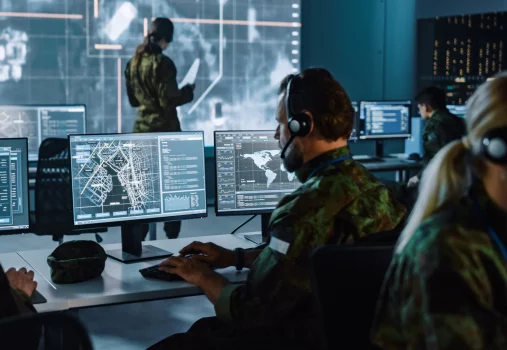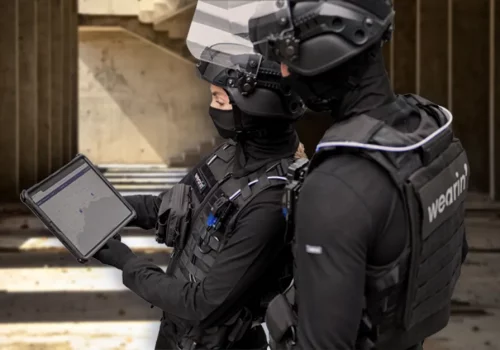In the early morning, Battalion Chief Nathalie Martin at a Swiss-based firefighter department stands at her command post, her eyes fixed on a dashboard that tells her more than radio chatter ever could. The screen shows vital signs of every firefighter inside the burning warehouse, along with real-time environmental readings that paint a clear picture of the developing situation. This isn’t a scene from science fiction – it’s the new reality of emergency response.
It is no secret that the urgency for enhanced safety measures across many industries has never been clearer. The National Safety Council’s 2022 report revealed a sobering reality: in the United Sates, work injuries cost the nation $167.0 billion, with $50.7 billion in wage and productivity losses, $37.6 billion in medical expenses, and $54.4 billion in administrative expenses [1]. In Europe in 2021, there were 2.9 million non-fatal accidents that resulted in at least four calendar days of absence from work, with the highest incidence rate (the number of non-fatal accidents at work for every 100’000 persons employed) observed in construction [2]. For emergency services, where risks run exceptionally high, these figures underscore the critical need for preventative measures and enhanced safety protocols.

 First responders in action
First responders in actionThe transformation in emergency response operations isn’t just about technology – it’s about fundamentally changing how we protect those who protect us. Modern incident commanders now have access to a wealth of data that was unimaginable just a few years ago. Environmental sensors track toxic exposure levels, while biometric monitoring provides instant alerts on personnel health status.
The impact of these advances extends far beyond any single incident. Long-term health monitoring has revealed patterns that were previously invisible. Exposure to harmful substances, cumulative stress impacts, and early warning signs of health issues or extreme fatigue can now be identified and addressed before they become critical.
Leading this transformation is Wearin’, a Swiss-engineered innovative AI-powered platform that seamlessly connects field personnel with command staff through integrated wearable sensors. This advanced system continuously monitors environmental conditions, situational threats, and vital physiological data, delivering real-time insights that enable faster, more informed decision-making.
 Command staff evaluating the mission in real-time
Command staff evaluating the mission in real-time“What we’re seeing is a fundamental shift in how organizations approach first responder safety,” explains François Aubaniac, Business Development Manager at Wearin’.
“Whether fire departments, law enforcement agencies, construction or mining companies, these organizations are not just protecting professionals during incidents – they’re also safeguarding their entire careers.”
 Monitoring the situation
Monitoring the situationUnlike traditional standalone solutions, Wearin’s comprehensive platform provides command staff with actionable intelligence about immediate dangers while generating predictive insights about long-term health impacts. The system’s ability to process multiple data streams simultaneously gives incident commanders unprecedented visibility into their operations, helping them optimize resource deployment while keeping personnel safer.